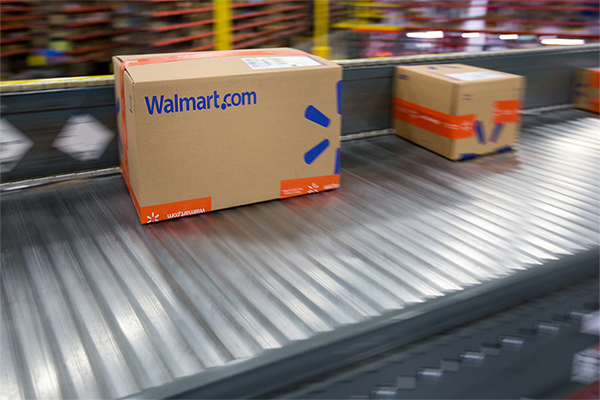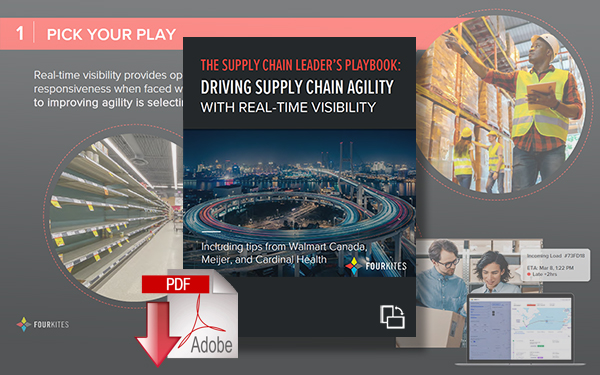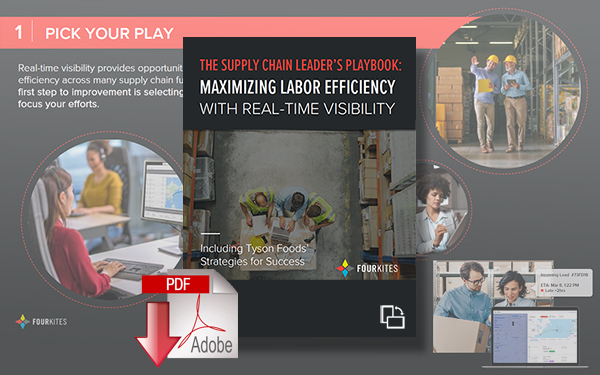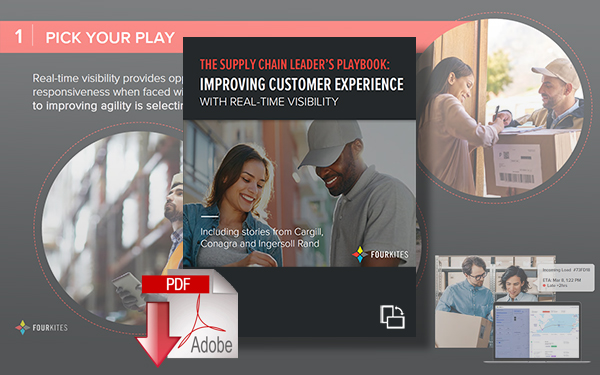Keeping Pace with Walmart’s On-Time Delivery Requirements
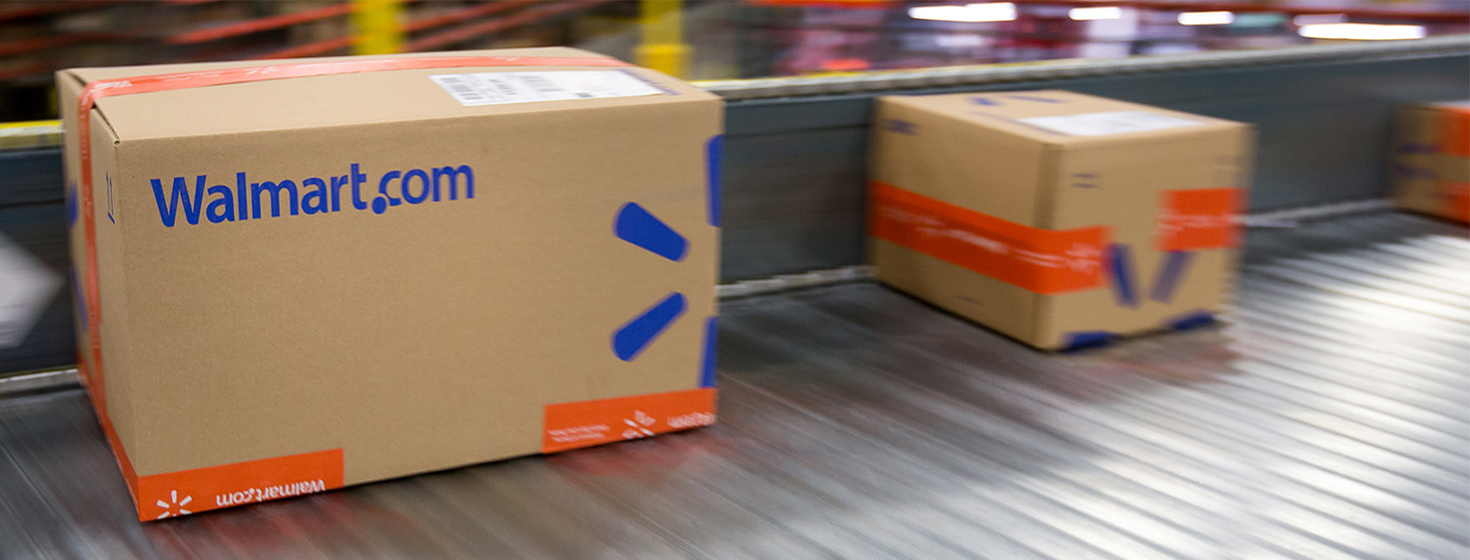
Walmart announced new "On Time & In Full" or OTIF guidelines for suppliers, and is the next evolution of the Supply Chain Reliability program, the last big buzzword was "Must Arrive By Date" or MABD, which generally required you to deliver your products within a 4 day window, but the big change with OTIF is that you now need to deliver your products within a 1 day window and on the exact date, and it must be the full purchase order.
Starting in August 2017, Walmart began implementing its “on-time, in full” (OTIF) delivery standards that have their suppliers looking for ways to remain compliant and in Walmart’s good graces.
Walmart is cracking down on suppliers that deliver their orders late, or even early, accepting only items that are delivered on time.
Impact on Suppliers and Vendors
According to Walmart’s on-time delivery standards, suppliers have two days from the requested Ship/Delivery date on the order by which to deliver their orders to the various distribution centers. Anything that arrives after the two-day window will be fined, as well as anything delivered a day early (to avoid creating overstocks). Orders that are not shipped in full will also be fined.
Read Walmart’s OTIF Program: What You Need to Know
As Bloomberg reported it, they are requiring “full-truckload suppliers of fast-turning items - groceries, paper towels - to ‘deliver what we ordered 100 percent in full, on the must-arrive-by-date 75 percent of the time.‘” Companies that have items that are late or missing during a one-month period will be fined 3 percent of the value of that order.
These on-time delivery standards also mean Walmart is not accepting weather or shipping problems as acceptable reasons for the delay. Suppliers need to monitor weather forecasts and make the necessary arrangements to make deliveries on time. If they determine the supplier is at fault, they’ll bear the 3 percent fine; if it’s the carrier, they’ll carry it. And if you don’t agree with the fine? That doesn’t matter, because “disputes will not be tolerated.”
Further, that 75 percent OTIF figure will climb to 95 percent as of February 2018. This is going to be a problem since the current OTIF rates for their top 75 suppliers are as low as 10 percent.
As far as the LTL suppliers go, they’re only expected to deliver OTIF 36 percent of the time (although that threshold is 33 percent right now).
Impact on the Market and Supply Chain
Walmart isn’t the only retailer to do implement strict new on-time delivery standards. Target has already begun enacting their own tighter regulations, although they’re not penalizing for early deliveries. Amazon will most likely follow suit in the near future.
In fact, Amazon is one of the big reasons why these changes are happening in the first place (though lowering costs to assist with offering higher wages is also a big part of it). These new requirements are aimed at improving Walmart’s service and product availability while reducing inventory in its warehouses and back rooms. With this variation of a Just In Time inventory strategy, other online retailers may likewise have to look at their inventory strategy if it would help them complete with or keep up with other retailers.
So suppliers will not only have to be on top of their game in serving The Retail Giants, but their retail customers will come to expect this level of performance as well. As the big retailers start creating strict OTIF standards, we expect to see second-and third-tier retailers begin to adopt them as well. Which means suppliers need to step up their game.
Suppliers’ EDI systems need to be streamlined and smooth. There can’t be any hiccups, no entering orders by hand or communicating by fax. Everything needs to be automated, purchase orders and purchase order acknowledgments need to match, and advanced shipping notifications need to ensure they’re transmitting the right information at the right time.
Further, suppliers need to make sure they’re working with reliable 3PLs to manage their shipping, and are able to communicate the necessary information quickly and easily as well. This is where a cloud-based system can help: everything can be shared and transmitted via the cloud, so the information can be read anywhere, anytime, on any device.
Finally, for retailers, having visibility to the suppliers’ performance on shipping against the order can be beneficial for deciding how to improve it. Keeping track of the data and working with the supplier can promote change and encourage vendors to ship deliveries on time for when they’re needed. Or, if the supplier is unable or unwilling to deliver on the retailer’s expectations, they can match up with other suppliers and 3PLs that will.
The SPS Commerce Retail Network is an online community of retail industry businesses, from retailers to suppliers to manufacturers and more. Search for partners based on specific criteria, such as products, geographic reach, or drop-ship capabilities, and begin working with them almost immediately.
Source: SPS Commerce
Image: Michael Nagle/Bloomberg
Retail Networks: The Answer to Omnichannel Integration
Retail networks are becoming a powerful force in the retail industry as thousands of companies conduct millions of transactions per day with other trading partners using the network.
Companies simply integrate their business system of record into these prebuilt communities to completely transform the way they source items and vendors, manage product assortments, fulfill orders, and use data and analytics to collaborate with trading partners.
By joining a retail network, organizations can retain their existing infrastructure while accessing modern, cloud-based technology to enhance their supply chain relationships.
Download the White Paper Retail Networks: The Answer to Omnichannel Integration
Related: Improving Agility with Real-Time Supply Chain Visibility
Related Resources for the Data-Driven Leader
Driving Supply Chain Agility with Real-Time Visibility
In this Supply Chain Leader’s Playbook, we detail how, through a constant emphasis on efficient processes and empowered employees, the agile supply chain benefits the greater organization by allowing it to act quickly and decisively in the face of disruption including tips from Walmart Canada, Meijer, and Cardinal Health. Download Now!
Maximizing Labor Efficiency with Real-Time Visibility
In this Supply Chain Leader’s Playbook, we take a look at how supply chain leaders are increasingly turning to freight tracking software, real-time transportation visibility platforms, to automate manual tasks and streamline collaboration, saving time and money across a variety of supply chain roles. Download Now!
Improving Customer Experience with Real-Time Visibility
In this Supply Chain Leader’s Playbook, we take a look at how with real-time supply chain visibility, companies such as Cargill, Conagra, and Ingersoll Rand, improved customer satisfaction even before their product gets into the hands of the customer. Download Now!
More Resources from FourKites
Article Topics
SPS Commerce News & Resources
Keeping Pace with Walmart’s On-Time Delivery Requirements Retail Networks: The Answer to Omnichannel Integration Logistics technology: SPS Commerce acquires Direct EDILatest in Supply Chain
TIm Cook Says Apple Plans to Increase Investments in Vietnam Amazon Logistics’ Growth Shakes Up Shipping Industry in 2023 Spotlight Startup: Cart.com is Reimagining Logistics Walmart and Swisslog Expand Partnership with New Texas Facility Nissan Channels Tesla With Its Latest Manufacturing Process Taking Stock of Today’s Robotics Market and What the Future Holds U.S. Manufacturing Gains Momentum After Another Strong Month More Supply Chain